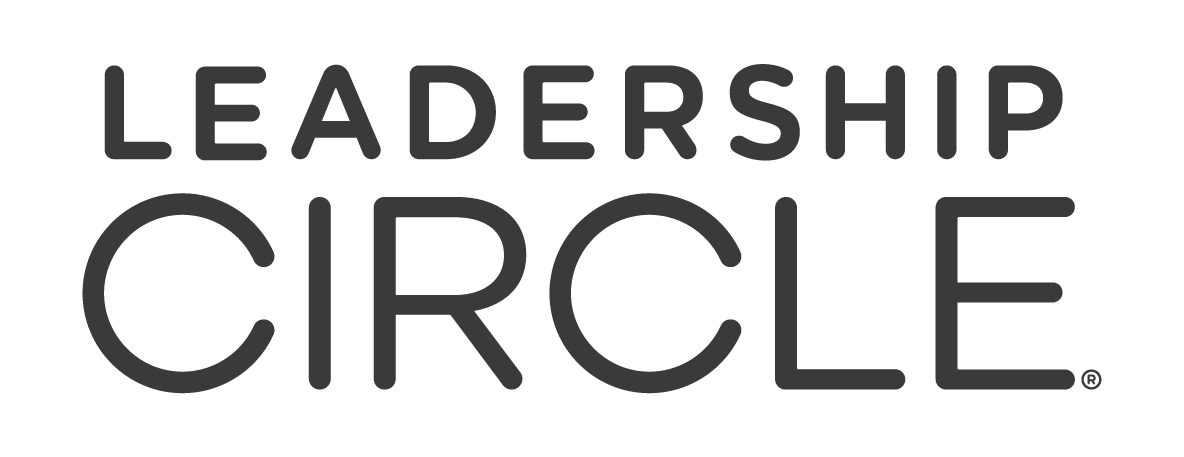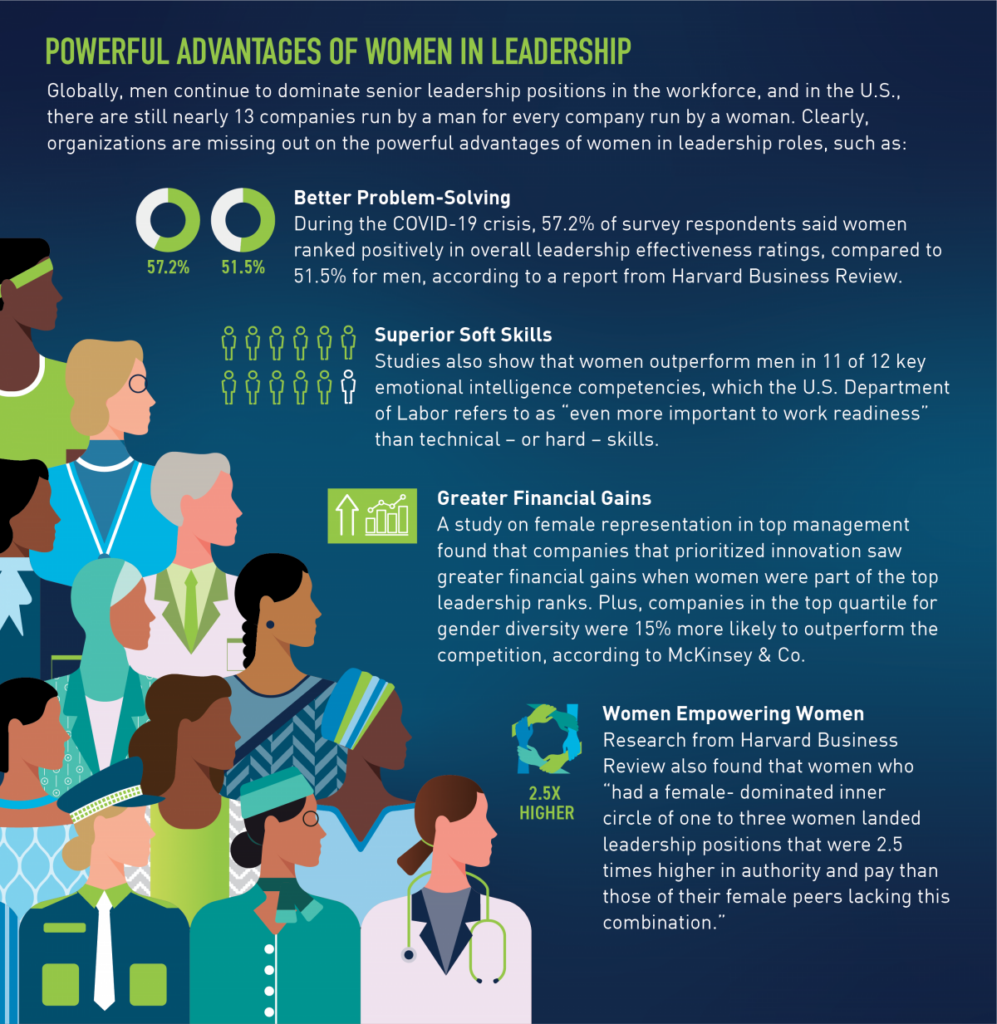Women consistently break barriers and establish innovative leadership styles across various domains, including politics, commerce, arts, education, and more. Although there’s a growing presence of women in positions of authority, they still face numerous challenges. We will explore these impediments to understand them better and develop approaches to overcome them.
Redefining Benchmarks: A Timeline of Accomplishments
Over the past two decades, women have emerged in an increasing number of executive leadership roles, making significant strides and cultivating widespread influence. In 2014, Mary Barra shattered the glass ceiling becoming the first woman to helm a major automotive company, General Motors. Other trailblazing women like Nancy Pelosi, the first-ever female Speaker of the House in the US, along with the first female CEOs of IBM, PepsiCo, and others, have set a new precedent that not only should women be put into these positions of authority, but they also excel in these roles.
Statistical revelations from 2020 indicated that approximately 8.2% of S&P 500 companies are led by women CEOs, a stark rise from under 3% in 2010. Alongside this, the proportions of women holding corporate board seats and managerial positions have consistently amplified. Factors such as access to quality education, mentorship opportunities, and flexible work environments have accelerated this advancement.
Persistent Challenges Awaiting Resolution
While celebrating progress, it is crucial to recognize the enduring barriers that limit women’s chances of becoming and enduring as leaders. Archaic gender stereotypes, exclusionary practices, and inadequate support to balance work-life are among the continuous hindrances plaguing female leaders.
A 2020 study by LeanIn.Org reported a decrease in the advancement opportunities for women leaders. For every 100 men promoted to managerial roles, only 85 women achieved the same in 2020, a decrease from 93 women in 2016.
Critical issues such as unequal pay, cultural biases, and deficient networking or sponsorship opportunities contribute to a disproportionately low representation of women in leadership roles across major industries and C-suite positions.
Blueprint for Backing Women Leaders
Effective organizational strategies to support female leaders can help overcome these challenges. Addressing leadership gender disparities demands gender-aware talent management policies, underlined by equal opportunity programs. Institutions and organizations should sponsor these policies to provide comprehensive support to women encountering structural hurdles.
Women aspiring for leadership roles can leverage training opportunities and alliances like the Women’s Executive Network to enhance skills, build confidence, and secure requisite mentorship and endorsements.
Image Source: American Psychological Association
Companies should monitor gender-specific metrics pertaining to promotions, attrition rates, compensation, and growth opportunities for high-performing women. HR (Human Resources) teams should emphasize gender diversity during leadership recruitment. Blind recruitment processes, flexible work options, transparent compensation structures, and a zero-tolerance policy towards workplace harassment will facilitate a more inclusive culture.
Government policies ensuring equal hiring opportunities, mandatory diversity in boards, and fair family leave policies, etc. are potent tools for fostering change. Reevaluating norms associated with leadership traits can also promote diversity, creating a wider space for women leaders.
The Future of Female Leadership
While women are ascending leadership roles more than ever before, the variation across sectors signifies a continuous struggle for achieving gender parity at the top. However, the significant achievements of female leaders in the last several years stand as a testament to the limitless potential of women, given appropriate opportunities, mentorships, and support structures.
Our optimism for the progression of female leadership should be backed by data-driven policies, organizational initiatives, and collective public action to address multifaceted challenges, enabling talented women to reach their full leadership potential in all domains of influence.
As we all champion the future of female leadership, it’s crucial to recognize the role that dedicated organizations like the Leadership Circle play in nurturing and advancing women’s leadership. Our comprehensive suite of services, including leadership assessments, coaching, and development programs, are specifically designed to empower women leaders to break through barriers and pave new paths. Embrace the opportunity to elevate your leadership journey with Leadership Circle. Connect with us today to learn more about how our services can support your growth and help you make a lasting impact in your field.








